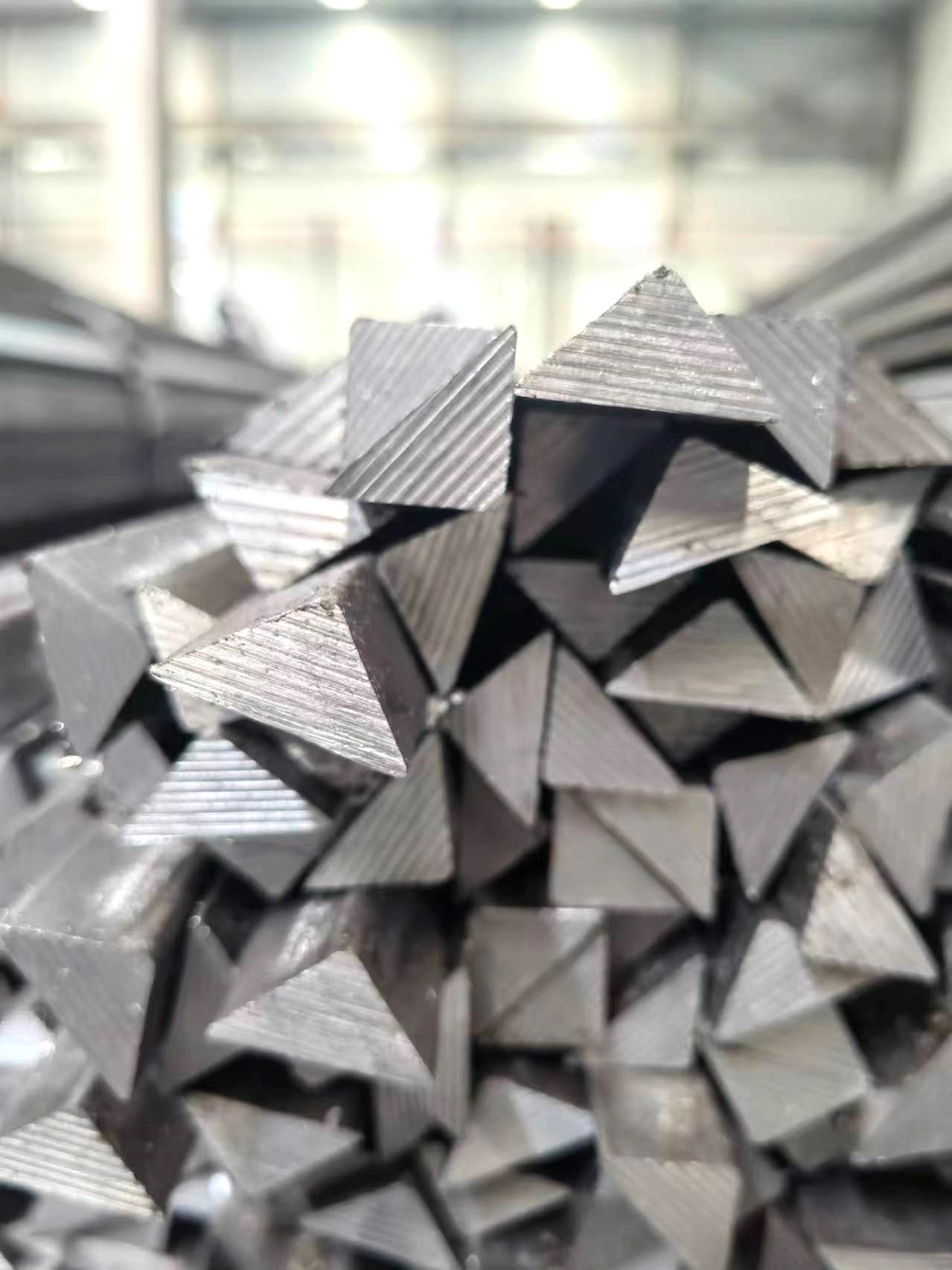
Hot Rolled Steel plays a pivotal role in modern industrial applications due to its versatile properties and cost-effective manufacturing processes. Understanding the intricacies of Hot Rolled Steel is essential for professionals in engineering, construction, and manufacturing industries aiming to optimize material selection and application. This article delves into the manufacturing processes, properties, applications, and recent advancements in Hot Rolled Steel, providing a comprehensive analysis for industry experts.
The Manufacturing Process of Hot Rolled Steel
The production of Hot Rolled Steel involves heating steel slabs to temperatures above 1700°F (926°C), which is above the recrystallization temperature of steel. This process ensures that the steel can be easily shaped and formed. The heated steel is then passed through a series of rollers to achieve the desired thickness and dimensions. The final product is cooled at room temperature, which allows the steel to normalize its structure and remove internal stresses.
One of the critical aspects of the hot rolling process is maintaining the thermal equilibrium to prevent defects in the steel microstructure. Advanced control systems are utilized to monitor temperature and rolling speed, ensuring consistent quality across batches. The efficiency of the hot rolling process makes it a preferred method for producing large quantities of steel in various shapes and sizes.
Quality Control in Hot Rolling
Quality control during the hot rolling process is essential to produce steel with optimal mechanical properties. Non-destructive testing methods such as ultrasonic testing and eddy current testing are employed to detect internal and surface defects. Additionally, chemical analysis is performed to ensure the steel composition meets industry standards.
Properties and Characteristics of Hot Rolled Steel
Hot Rolled Steel is known for its ductility, toughness, and excellent weldability, making it suitable for a wide range of applications. The mechanical properties are influenced by factors such as chemical composition, rolling temperature, and cooling rate. The steel typically has a rough, blue-gray finish due to the oxidation that occurs at high temperatures.
The grain structure of Hot Rolled Steel is more coarse compared to cold-rolled steel, which can impact the strength and hardness. However, the hot rolling process reduces residual stress in the steel, which is beneficial for applications where dimensional stability is critical.
Mechanical Properties
The typical mechanical properties of Hot Rolled Steel include a yield strength ranging from 36,000 psi to 60,000 psi and a tensile strength between 52,000 psi and 71,000 psi. These values can vary based on the specific grade and composition of the steel. The elongation at break is generally higher, indicating good ductility.
Applications of Hot Rolled Steel in Various Industries
Due to its favorable properties and cost-effectiveness, Hot Rolled Steel is extensively used in industries such as construction, automotive, and manufacturing. In construction, it is utilized for structural components like I-beams, columns, and reinforcements. The automotive industry uses it for chassis components, wheel rims, and other parts where strength and formability are required.
Construction Industry
In the construction sector, Hot Rolled Steel provides the necessary strength and flexibility for building infrastructures like bridges, skyscrapers, and residential buildings. Its ability to withstand significant stress without failure makes it an ideal choice for structural applications.
Automotive Industry
The automotive industry benefits from the use of Hot Rolled Steel in manufacturing parts that require a high degree of formability. Components such as frames, brackets, and suspension parts are commonly made from this material due to its ability to absorb impact energy and resist deformation.
Industrial Machinery
Hot Rolled Steel is also crucial in producing heavy machinery and equipment. Its toughness and durability are essential for components that experience high loads and stresses during operation.
Advantages and Limitations of Hot Rolled Steel
Understanding the advantages and limitations of Hot Rolled Steel allows industries to make informed decisions regarding material selection. The primary advantages include lower cost, excellent weldability, and the ability to produce large shapes without significant residual stresses.
Advantages
Cost-Effective Production
Good Ductility and Formability
Reduced Residual Stresses
Versatility in Applications
Limitations
Despite its benefits, Hot Rolled Steel has limitations such as less precise dimensions due to shrinkage during cooling and a rough surface finish that may require additional processing for certain applications. Additionally, the coarser grain structure can result in lower strength compared to cold-rolled steel.
Recent Advances and Research in Hot Rolled Steel
Recent research in Hot Rolled Steel focuses on improving its mechanical properties and exploring new alloy compositions. Advanced thermomechanical processing techniques are being developed to refine grain structures and enhance strength and toughness. Research into microalloyed steels with additions of elements like vanadium and niobium has shown promising results in achieving higher performance levels.
High-Strength Low-Alloy (HSLA) Steels
HSLA steels are a category of Hot Rolled Steel that offer improved mechanical properties without significantly increasing weight. They are designed to provide better strength-to-weight ratios, which is beneficial in automotive and structural applications. The development of HSLA steels involves precise control over composition and processing parameters.
Innovations in Hot Rolling Technology
Technological advancements in hot rolling mills, such as the implementation of automation and artificial intelligence, have enhanced the efficiency and quality of Hot Rolled Steel production. Real-time monitoring systems enable predictive maintenance and reduce downtime, contributing to cost savings and improved product consistency.
Conclusion
Hot Rolled Steel remains a fundamental material in various industries due to its versatility, economic advantages, and mechanical properties. Ongoing research and technological innovations continue to expand its applications and improve its performance. Professionals in engineering and manufacturing must stay informed about developments in Hot Rolled Steel to leverage its benefits effectively in their respective fields.

















